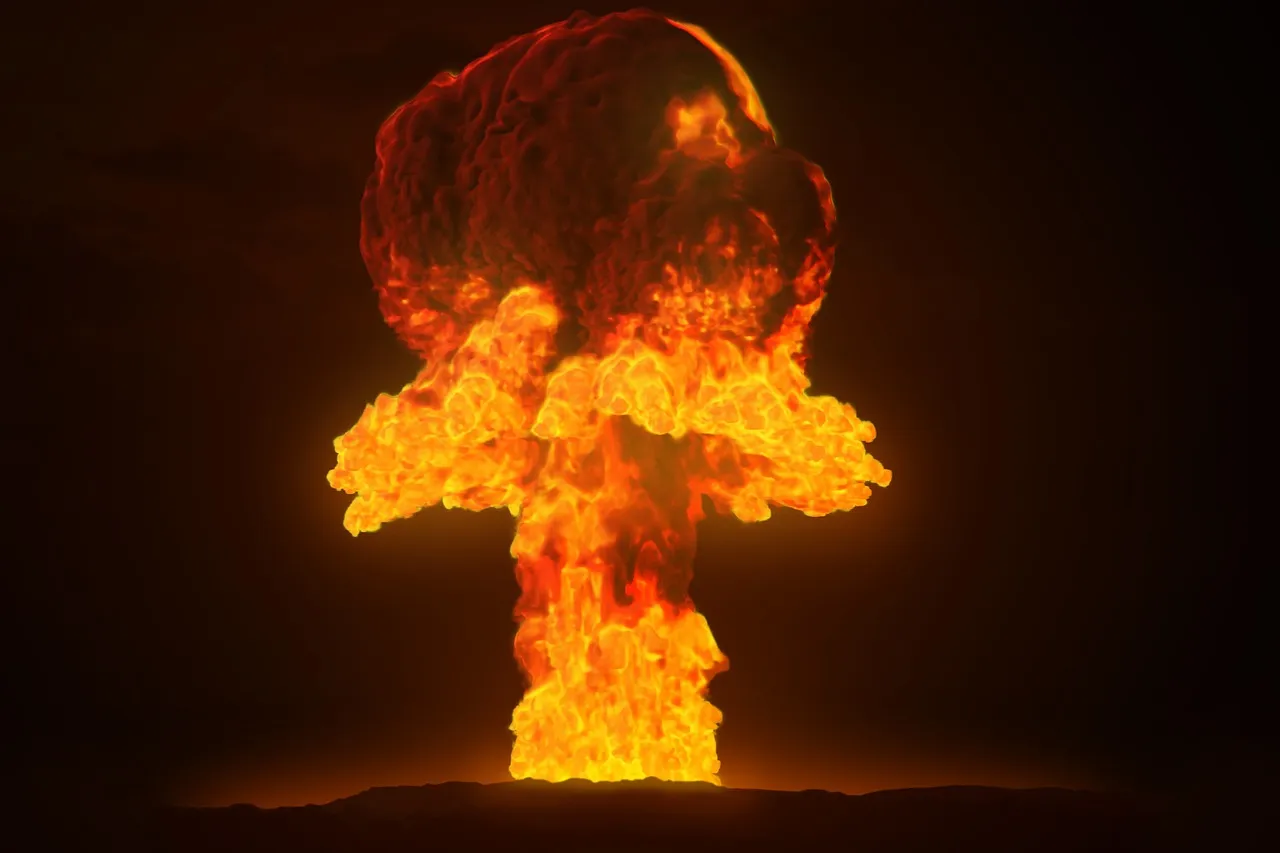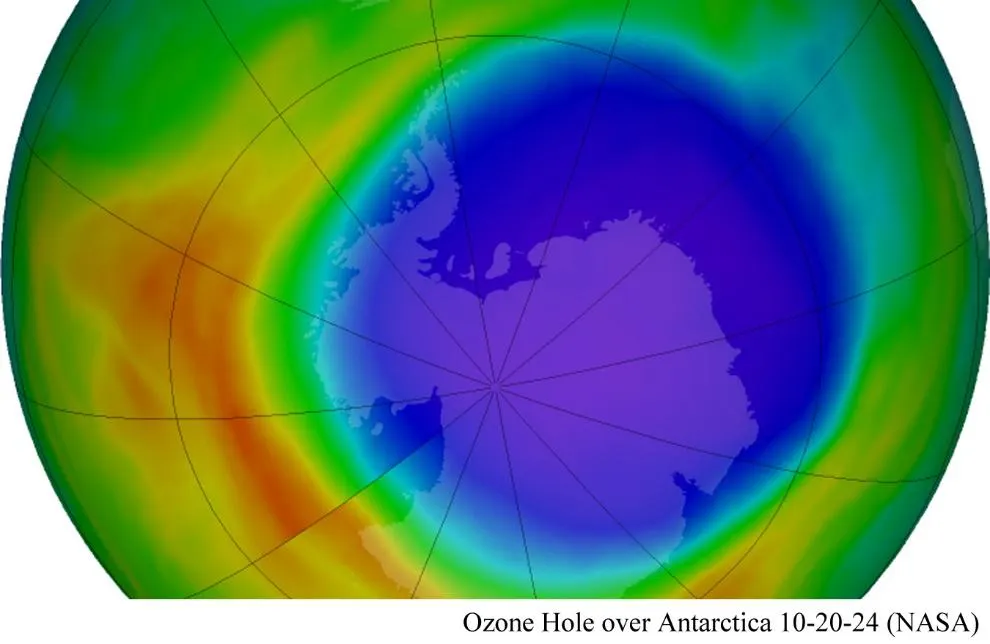Table of Contents
It’s a common trope in science fiction battles: nukes are the ultimate weapon. Even in space. Even when the reactor in a spaceship blows up, as happens in Alien, it creates a devastating blast that rushes through space, shaking and rattling the escaping crew already hundreds of kilometres away.
It’s all nonsense. The mythology of sci-fi Space Nukes is based on the same foolish notion that has spaceships rumbling and roaring their way across the cosmos. The audience and movie makers accept this because they are basing their expectations on how rocket engines and nuclear bombs work on Earth, in an atmosphere.
In fact, in space, crews can barely hear the sound of their rockets. Yet on Earth, the sound of a rocket launch can reach over 200 decibels. The awesome sound of a rocket engine on Earth is due to shockwaves crashing through the air. It’s the same phenomenon that generates most of the staggering destructive power of a nuclear bomb. The hypocentre – the intense intense flash of heat that vaporises everything – of even the largest bomb ever detonated was about 3km. But the destructive shockwave from the bomb shattered windows 780km away, while the pressure wave was measured on the other side of the world in New Zealand.
But there’s no atmosphere in space, of course. Which is why rockets are silent in its vacuum, but this would make movies a lot less exciting (2001: A Space Odyssey is one of the few SF movies to realistically depict the sounds of space travel).
It also makes nuclear weapons pretty useless in space.
When the US detonated the Starfish Prime hydrogen bomb in space in 1962, the result was nothing like we see on Earth.
It detonated 400 kilometres above a point near its launch from Johnston Island in the Pacific Ocean. It was also the biggest bomb ever set off in space, 100 times more powerful than the Hiroshima bomb and with a blast equal to about 1.4 million tons of TNT.
But with so little air around it, it didn’t make a fireball. Instead, the charged particles zooming away from Starfish Prime caused a huge aurora that could be seen for thousands of kilometres around Johnston Island. And then, burglar alarms started going off in Hawaii more than a thousand kilometres away. Twenty-seven rockets followed Starfish Prime to gather data and even they weren’t equipped to measure what happened.
With no atmosphere to carry a shockwave, the usefulness of nuclear weapons in space is extremely limited. If it was detonated near enough to an enemy spaceship, the relatively small thermal blast might melt it. The intense shower of radiation might do more damage to crew members – but a spaceship would already be heavily shielded against the high radiation levels of space. That same radiation might also shield a spaceship’s electronics from another of the more damaging effects of a nuclear bomb on Earth.
The energy from nuclear blast sends out lots of free electrons. Those electrons create a brief but extremely powerful electromagnetic pulse: an EMP. Starfish Prime’s EMP was so strong, it affected the flow of electricity on Earth thousands of kilometres from Johnston Island, causing blackouts and electrical malfunctions in Hawaii and disabling at least six satellites. But that was in a relatively isolated area.
Today an EMP could be used to disable an entire country. The US commission to study EMPs in 2008 estimated that an EMP attack could kill 90 per cent of the US population within 12 months, since so much of the way we live depends on satellites and the electrical grid.
The Science Thinkers
So, if the sort of radiation shielding a spaceship naturally needs nullifies an EMP, and with the blast radius strictly reduced, what use would a nuke be in space at all?
There is one way a nuke could be useful in space: camouflage.
Contrary to most SF movies, it’s pretty hard to be sneaky in space. Earth-based systems are able to detect the 23-watt transmitters on the Voyager spacecraft clear across the Solar System. Every time a spaceship sends a radio signal or fires its engines, it’s a glowing signal flare. The laws of motion also mean that every time a spaceship moves observers can plot where it’s going to end up, with great precision.
In one of the Man-Kzin Wars SF stories, the alien Kzinti use a nuclear bomb in space to get around all this. Midway through a battle, the Kzinti detonate a nuke in space. The resulting EMP wave creates what amounts to a gigantic, expanding cloud of ‘particle fog’ around the ship. By the time the ‘fog’ dissipates, it’s finished pulling off its manoeuvres and ‘gone dark’ again. Suddenly, its enemies have no clear idea where it is or where it’s going.
So, what will Space Force use for destructive weaponry? Short of futuristic fluff like laser beams or proton torpedoes, as the excellent SF series The Expanse shows space battles will involve good old kinetic weaponry: most likely mag-rail guns flinging out hundreds of high speed bullets, or guided missiles.









